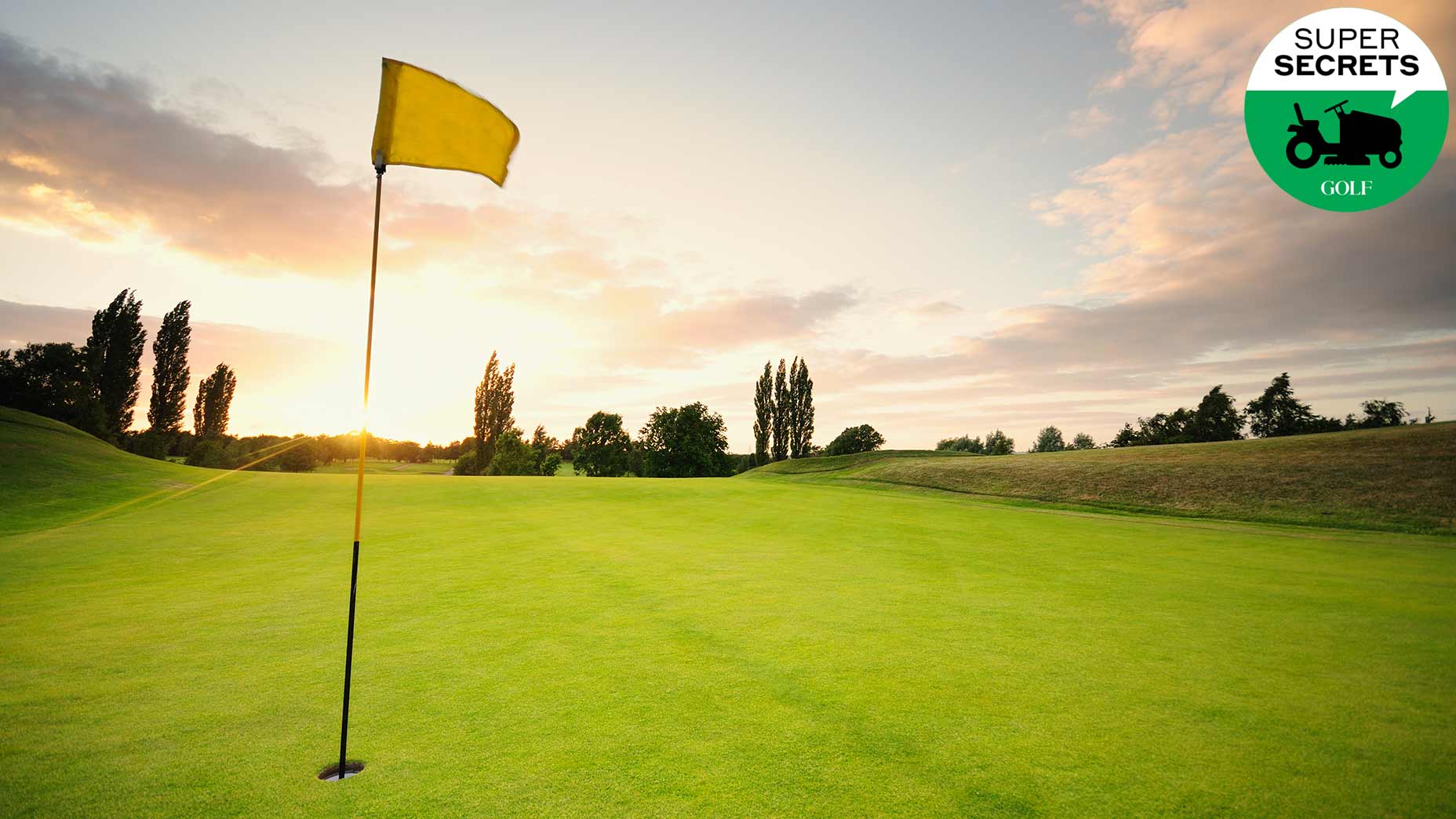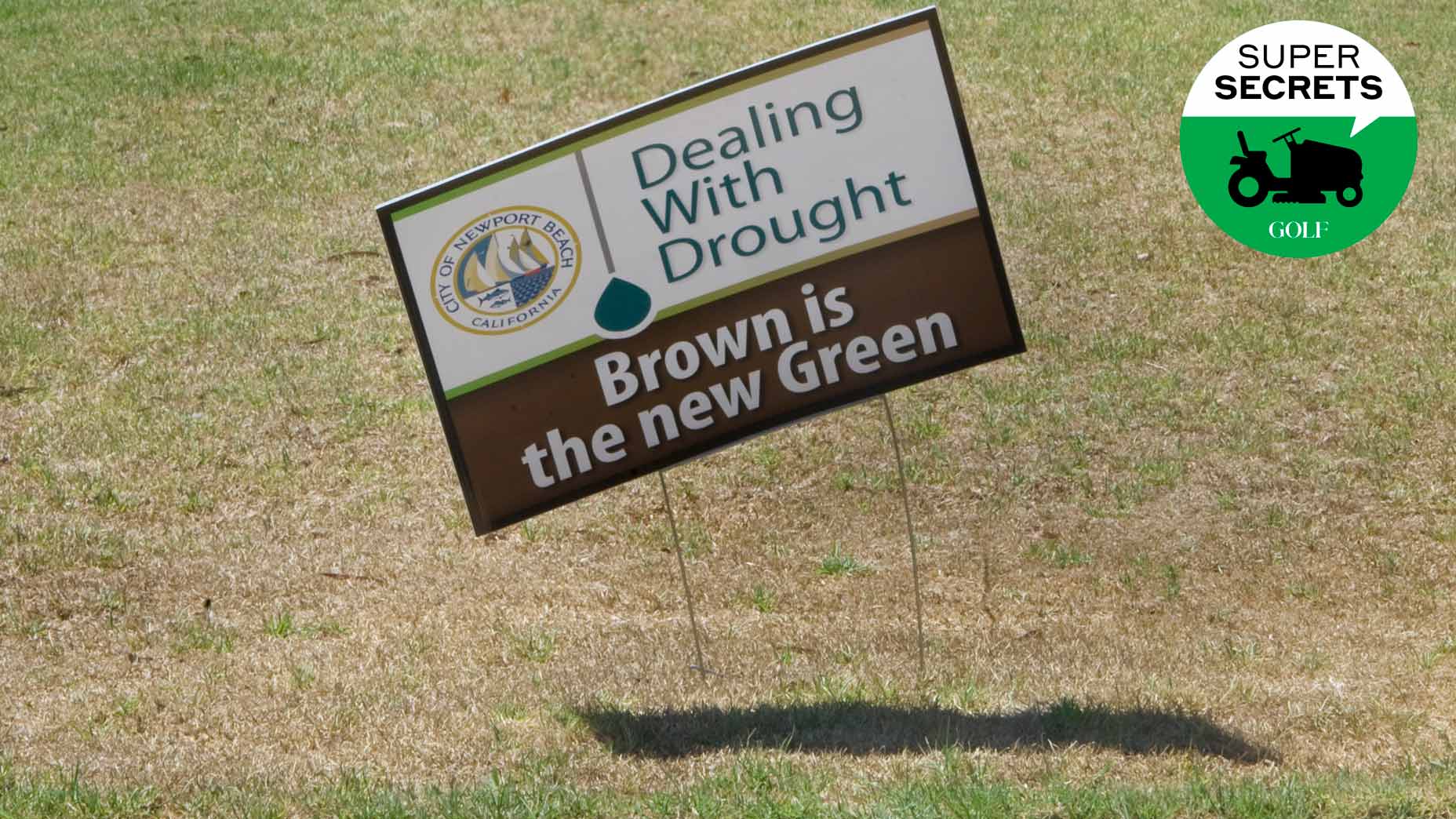Should you remove that tree from your yard? Here’s what an expert says

Timberrr! Thinking about removing a tree? Here are the dos and don'ts.
getty images
John Fech is not the Lorax, but he speaks about trees.
As a horticulturist with the University of Nebraska-Lincoln, and a frequent contributor to Golf Course Management, the magazine of the Golf Course Superintendents Association, Fech is a font of insights on all matters arboreal, including tree removal, an important topic for course operators and homeowners alike.
Should a tree stay or go? The decision can be tangled, hinging on a range of aesthetic and pragmatic factors. But while there’s no one-size-fits-all answer, there is guidance. If you’re contemplating taking down a tree, here are Fech’s 5 dos and don’ts.
1. Sketch the site
No need to be Picasso. With a pencil and a sheet of paper, sketch your property in as detailed a manner as you can muster, including your home and all the trees around it, not just the one you’re considering cutting down. Bonus points if you can also identify the species of trees, or, at very least, distinguish between evergreen and deciduous.
Creating a full picture is important because trees rarely grow in isolation, especially on older landscapes. Their root stems can get interconnected, entangled with irrigation systems or tied up with surrounding turf. Capturing the broader context will help you make more informed decisions (i.e., Is urgent work required? What, exactly, should be done?). You don’t want to miss the forest for the trees.
2. Recruit an expert eye
A leaning tree might be in danger of toppling. But it also might just be angling for light. Point is, looks can be deceiving. What appears to a layperson to be a pressing problem might — or might not — require action. Throw in the fact that different types of trees are more susceptible than others to different types of issues, and you get the picture: You shouldn’t be relying on amateur guesswork.
Hire a certified arborist to assess the situation. If you’re dealing with a tree that’s already down, feel free to go with a “two guys and a chainsaw-type operation,” Fech says. Otherwise, you’re going to want an expert diagnosis. Anything less is like asking your dentist to repair your car.
3. Weigh emotional attachments and other x-factors
Maybe you got married under that tree. Or your children, now long grown and moved away, etched their initials into its trunk. Emotional connections often play a part in decisions around tree removal, as do factors such as how you use your yard and what other plants you might be trying to grow. There’s nothing wrong with weighing each one of these considerations, Fech says. Just be sure that safety is prioritized above them all.
4. Consider removing a limb instead
Cutting down the tree is the nuclear option. But you might not need it. In some cases, the problem can be addressed through limb removal. That’s another reason you need an expert eye.
5. Leave the big jobs to the pros
Removing a tree is not a DIY project. “If you can reach it from the ground with pruning pole, go ahead and do the job yourself,” Fech says. But pass on anything that requires a ladder. “It’s just not worth it in so many ways,” Fech says. “For your own health. And for the health of the tree.”











